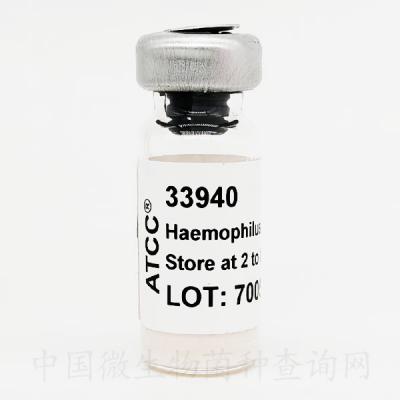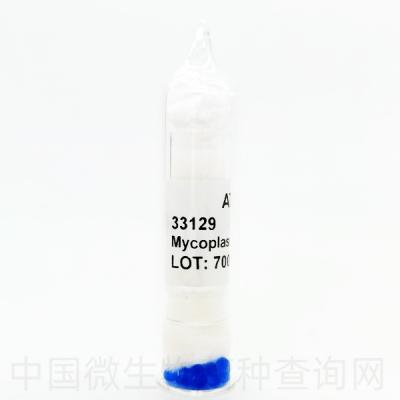
Komagataella phaffii Kurtzman
MYA-5012 ™
This product is an ATCC manufactured and accessioned progeny of 20864 cited in US Pat. No. 5,102,789.
Product category Fungi
Product type Yeast
Strain designation GS115 [SMD 83]
Type strain No
Genome sequenced strain Yes
Former name
Pichia pastoris (Guilliermond) Phaff
Isolation source
Mutant derived from NRRL Y-11430
Product format Frozen
Storage conditions -80°C or colder
Specific applications
Transformation host
Transformation host for expression of beta-galactosidase
Transformation host for expression of epidermal growth factor
Transformation host for expression of alcohol oxidase
Transformation host for expression of recombinant Bordetella pertussis pertactin
Transformation host for expression of Bacillus stearothermophilus alanine carboxypeptidase gene, dacA
Transformation host for expression of HIV-1 envelope protein
Transformation host for expression of Geotrichum candidum lipase A and B
Transformation host for expression of recombinant human serum albumin
Transformation host for expression of recombinant human angiostatin
Transformation host for expression of synthetic tick anticoagulant peptide gene
Transformation host for expression of bovine enterokinase
Transformation host for expression of coffee bean alpha-galactosidase
Preceptrol
No
Medium
ATCC Medium 28: Emmons' modification of Sabouraud's agar/broth
ATCC Medium 200: YM agar or YM broth
ATCC Medium 1245: YEPD
Temperature
20-25°C
Atmosphere
Aerobic
Handling procedure
Frozen ampoules packed in dry ice should either be thawed immediately or stored in liquid nitrogen. If liquid nitrogen storage facilities are not available, frozen ampoules may be stored at or below -70°C for approximately one week. Do not under any circumstance store frozen ampoules at refrigerator freezer temperatures (generally -20°C). Storage of frozen material at this temperature will result in the death of the culture.
To thaw a frozen ampoule, place in a 25°C to 30°C water bath, until just thawed (approximately 5 minutes). Immerse the ampoule just sufficient to cover the frozen material. Do not agitate the ampoule.
Immediately after thawing, wipe down ampoule with 70% ethanol and aseptically transfer at least 50 µL (or 2-3 agar cubes) of the content onto a plate or broth with medium recommended.
Incubate the inoculum/strain at the temperature and conditions recommended. Inspect for growth of the inoculum/strain regularly. The sign of viability is noticeable typically after 1-2 days of incubation. However, the time necessary for significant growth will vary from strain to strain.





